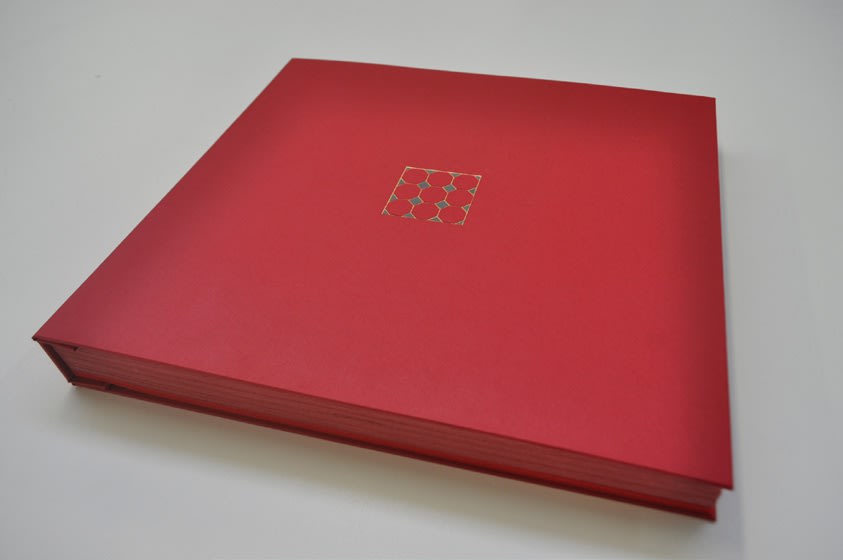Open a larger version of the following image in a popup:

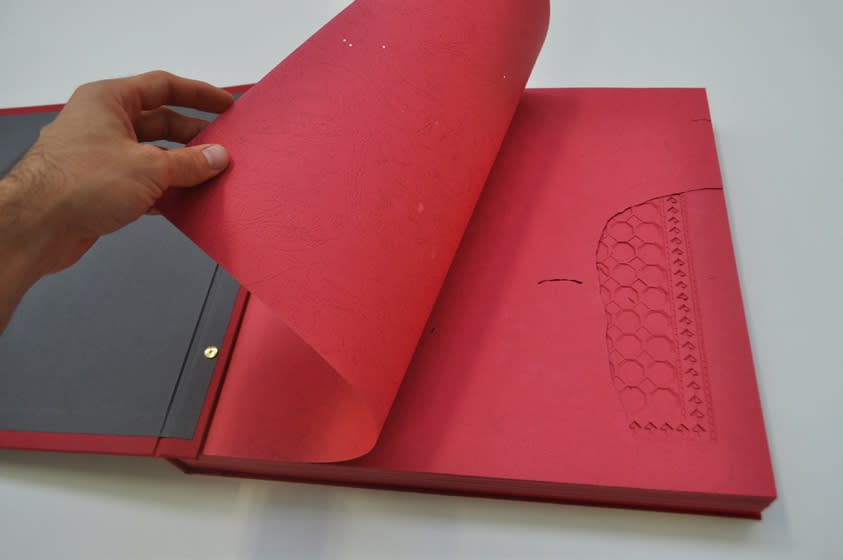
Prolog 04: Inferno (image 2)
Open a larger version of the following image in a popup:

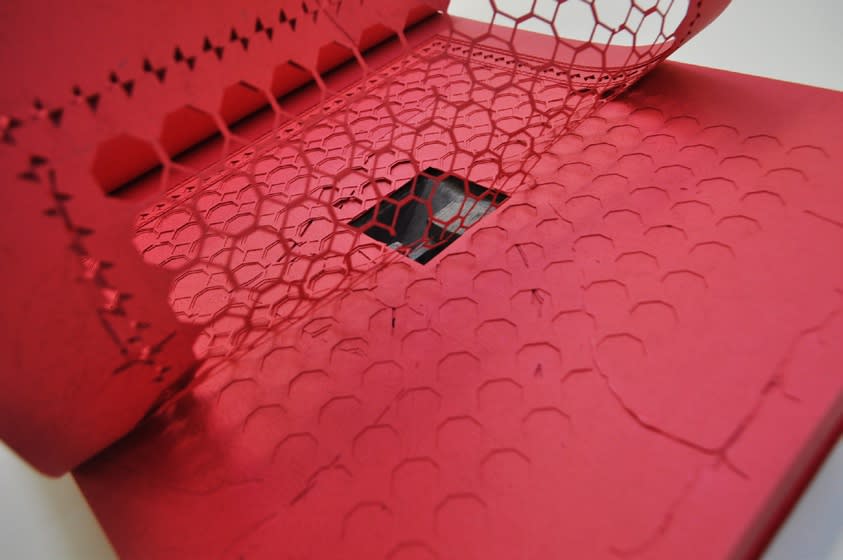
Prolog 04: Inferno (image 3)
Open a larger version of the following image in a popup:

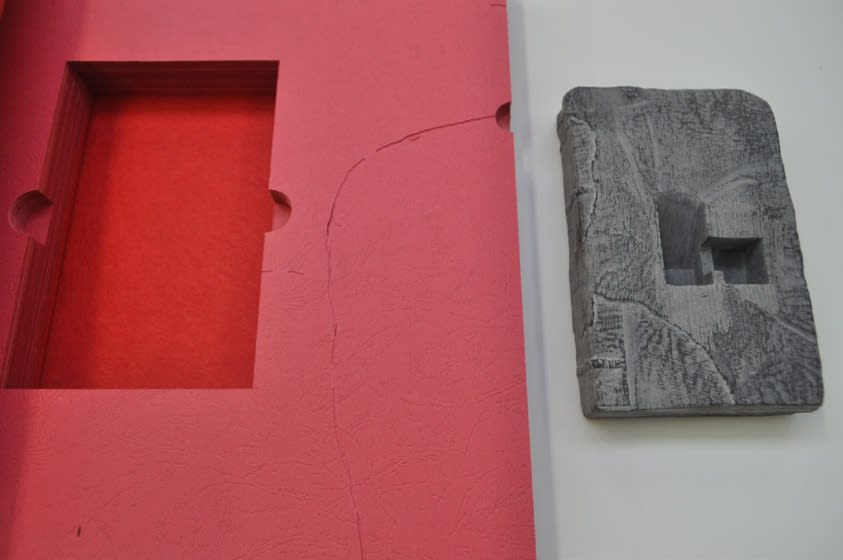
Prolog 04: Inferno (image 4)
Open a larger version of the following image in a popup:

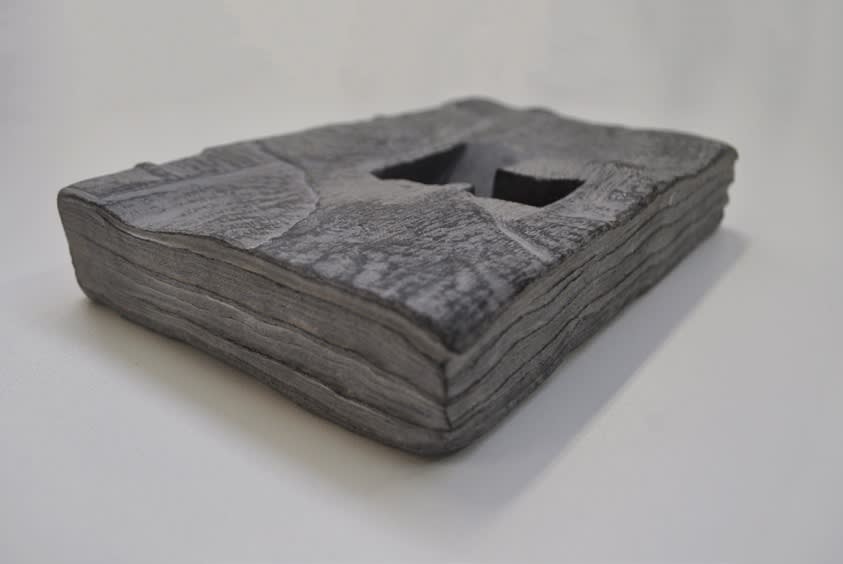
Prolog 04: Inferno (image 3)
Alberto A. Rodriguez
Prolog 04: Inferno, 2022
Paper Sculpture, hand carved stone
40 cm x 37 cm x 4.5 cm | 15.74 x 14.56 x 1.77 inches
Further images
'PROLOG 04: Inferno' 2022 Prolog is a series of artist’s books that present possible projects of spatial intervention for different spaces. “Inferno” refers to the censorship of the written word...
"PROLOG 04: Inferno" 2022
Prolog is a series of artist’s books that present possible projects of spatial intervention for different spaces.
“Inferno” refers to the censorship of the written word during Franco’s dictatorship in Spain. The first volume is a graphic interpretation of a inferno: spaces where socially forbidden books were hidden to avoid their destruction during the civil war. In the cover of the first book, there is a geometric design that references the style of hydraulic tiles, popularized worldwide, especially in Spain and Latin America, by the Barcelona-based company Garret, Rive y Cía. This tipe of tiles where commonly found on the floors of Barcelona’s modernist buildings.
This design is repeated within the book, intricately cut between its pages, giving shape and volume to the drawing of a room’s floor. In it's center through an opening, one can glimpse a small set of quasi-architectural forms that, upon turning the pages, reveal that these forms belong to the second hidden volume within the first. It is a stone-carved sculpture representing a worn-out, broken, and wet book. The sculpture plays with the codes of found objects, in this case, an forgotten book hidden beneath the floor whose meaning can never be fully deciphered
Prolog is a series of artist’s books that present possible projects of spatial intervention for different spaces.
“Inferno” refers to the censorship of the written word during Franco’s dictatorship in Spain. The first volume is a graphic interpretation of a inferno: spaces where socially forbidden books were hidden to avoid their destruction during the civil war. In the cover of the first book, there is a geometric design that references the style of hydraulic tiles, popularized worldwide, especially in Spain and Latin America, by the Barcelona-based company Garret, Rive y Cía. This tipe of tiles where commonly found on the floors of Barcelona’s modernist buildings.
This design is repeated within the book, intricately cut between its pages, giving shape and volume to the drawing of a room’s floor. In it's center through an opening, one can glimpse a small set of quasi-architectural forms that, upon turning the pages, reveal that these forms belong to the second hidden volume within the first. It is a stone-carved sculpture representing a worn-out, broken, and wet book. The sculpture plays with the codes of found objects, in this case, an forgotten book hidden beneath the floor whose meaning can never be fully deciphered
